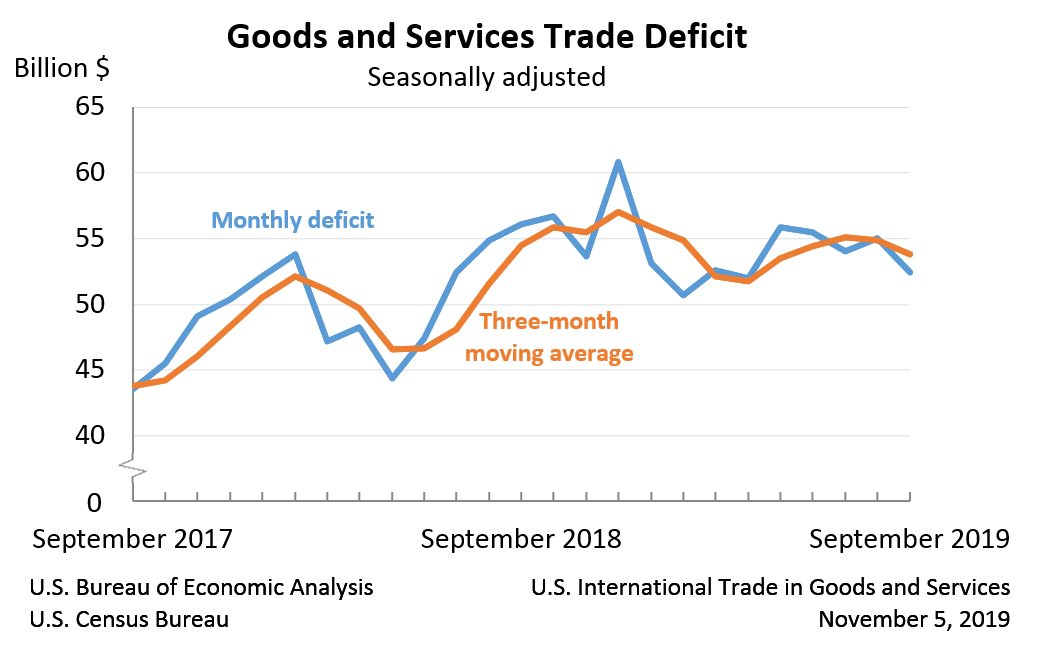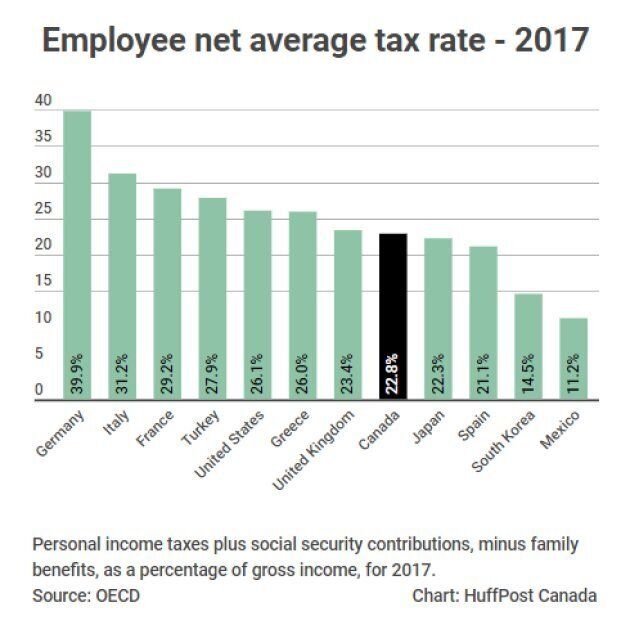
This institutional rule assures depositors that their holdings are shielded against bank losses and bank insolvency, under certain terms and conditions. A dynamic and collective dimension emerges therefore in the banking activity. The report concludes to portray an independent yet interconnected relation between the industries of money, banking and finance after looking at the general, economic and fundamental regulations and workings of the same. Deflation is defined as a condition in which the prices of essential services and products fall over time. Deflation happens when the supply of products exceeds the supply of money, which fits these four characteristics.
- Constitutional political choices are involved in granting some debt securities with the privilege to be refinanced through central banking.
- After all, commercial banks know their customers – consumers and businesses – best.
- In the United States, for example, the funding that business enterprises obtain from banks is roughly twice the amount they receive by marketing their own bonds, and funding from bank loans is far greater still than what companies acquire by issuing shares of stock.
- And the private sector is composed of different financial institutions, each having different levels of creditworthiness and other risks.
- Typical example is the discount of commercial paper, that is, an entitlement of commercial credit that the borrower holds as a creditor against another agent (the commercial debtor).
In this context, systemic concerns do not stop with the systemic risks and excess liquidity generated by banking and central banking in the shadow. Inter-affiliate trades made up 25% of traded volume in reverse repo (USD 3.2 trillion — securities in and cash out for dealers) and 41% of traded volume in repo (USD 1.9 trillion — securities out and cash in for dealers). In this context, the bank entity has a specific recourse to borrowing, which makes it structurally dependent on the banking system to be sustainable (interbank credit).
Private money creation is a feature, not a bug
Commercial Bills also known as Trade Bills or Accommodation Bills are the bills drawn by one organisation on another. Commercial Bills are the common instruments of the money market, which are used in credit sales and purchases. The maturity period of Commercial Bills is for short-term, generally of 90 days.
This exposure is especially critical for banks which depend on such market-based arrangements for funding their operations. In the bank balance sheet, collateralisation should appear as a special class in the asset side, and as a credit line received in the liability side (Table 11). On the contrary, its representation as two distinct operations (a sale and a buy-back) might mislead decisions and facilitate the paper profit creation hypothesis addressed before. Off-balance sheet transactions and conduits facilitate this misrepresentation. Through combination of both banking processes, the ongoing banking activity acquires a specific role in economy and society.
First-step analysis: fintech regulation in United Kingdom — Lexology
First-step analysis: fintech regulation in United Kingdom.
Posted: Fri, 28 Jul 2023 07:00:00 GMT [source]
The development of trade and commerce drove the need for readily exchangeable forms of money. The concept of bank money originated with the Amsterdamsche Wisselbank (the Bank of Amsterdam), which was established in 1609 during Amsterdam’s ascent as the largest and most prosperous city in Europe. As an exchange bank, it permitted individuals to bring money or bullion for deposit and to withdraw the money or the worth of the bullion. The original ordinance that established the bank further required that all bills of 600 gulden or upward should be paid through the bank—in other words, by the transfer of deposits or credits at the bank.
Cash Instruments
The bank reviews the borrower file to assess its capacity to repay the loan through time and circumstances. Second level of banking – credit granting and money-equivalent deposit creation by an illustrative monetary financial institution (bank A). It is shown that SMEs face bigger funding difficulties in nations with more market potential.
Form 424B2 TORONTO DOMINION BANK — StreetInsider.com
Form 424B2 TORONTO DOMINION BANK.
Posted: Tue, 18 Jul 2023 19:28:19 GMT [source]
This process is not bounded but by outward links with the real economy which absorbs generated credits, and the working of inter-bank settlement and refinancing accompanied by its rule of law. Both links point to the coordination that is required to maintain a financial system that remains efficient, resilient and stable through time and circumstances. Its managers, critics and reformers shall consider its systemic nature, to better cope with its role in economy and society. This systemic focus may feature the fundamental mission overarching micro- and macro-prudential policy and preventative regulation.
AND CREDIT CREATION
Consumer finance, which includes automobiles, housing, marriage, and other services, is a component of this invention. Foreign commerce through L/C or TT, as well as domestic trade via DD and TCs, are also novel concepts. Banks now provide insurance, operating financing, partnership, educational loans, and locker facilities as a means of attracting consumers and increasing their revenues. Money and credit would not exist if the economic system was incapable of producing goods and services. Money and credit are certainly used to finance the creation, circulation, and final consumption of output. Therefore, in the next part, we will examine how output is created as a consequence of manufacturing and banking activity.

Marshall, Pigou, Robertson, and Keynes, among others, developed the Cambridge cash-balance technique at Cambridge University. According to this view, the value of money is determined by the demand for and supply of money. The cash-balance technique takes into account the demand for and availability of money at any given point in time. The strategy takes into account the desire for 49 money as a store of value rather than a means of exchange.
In these circumstances, financial actors may accrue revenues which are disconnected by fundamental performance of security issuers. One real-financial nexus of this banking activity consists in creating credit by granting loans to non-financial agents who may use it for consumption and investment purposes. These agents are expected to pay for interest charges, and repay the capital instalments over time. As was the case for the treasury management dimension, credit manufacturing involves additional interdependency for the bank activity over time and space within every bank entity and across them. Credits granted by each and every bank may be interdependent and they do generate an additional series of cash flows to be managed by the bank treasury department.
LIMITATIONS OF CREDIT CREATION BY BANKS
The major role of a corporation’s management is to maximise shareholder wealth, which translates into stock price maximisation. Though agency theory is essential to CG discussions, legislation and implementation have been tailored to many criteria. Now we’ll look at how the CG notion has evolved and how it relates to the business structure. Corporate Governance (CG) is the set of rules, procedures, and controls that govern a firm. The conflict of interests between ownership and management is addressed by CG standards.
- The worth of money may be determined by examining the prices of other items.
- The third layer introduces the bank management intentional action which seeks for business opportunities in order to generate income to the bank entity under cost and risk controls.
- From the bank’s viewpoint, bank management leads the lending activity for the entire bank through time and circumstances.
Equity capital requirements (including prudential reserves) and credit guidance point to this dimension of banking as manufacturing of money through bank credit creation. It is not by accident indeed if historians of financial systems have been pointing to endemic instability and cyclical outcomes, already highlighted by Thornton (1802). Kindleberger’s notions of manias, panics and runs provide a spirited historical perspective on those concerns. Even central bank base money becomes subject to and then casualty of its systemic nature, notwithstanding its face value established by law. Both are admittances of debt owed by monetary financial institutions, that is, credit admittances that may be used to discharge debts contracted with other agents.
Some commercial banks devote an even greater share of their lending to real-estate financing (through mortgages and home-equity loans) or to direct consumer loans (such as personal and automobile loans). Others specialize in particular areas, such as agricultural loans or construction loans. As a general business practice, most banks do not restrict themselves to lending but acquire and hold other assets, such as government and corporate securities and foreign exchange (that is, cash or securities denominated in foreign currency units).

Financial Markets are classified into two broad categories; namely, Capital Market(Primary Market and Secondary Market) and Money Market. Bank deposits are the primary means by which people store their money, mainly in savings accounts, checking accounts, and money market accounts. Bank deposits are a way to safely keep money with the ability to access it at any time in a conveniently. There are several different types of deposit accounts including current accounts, savings accounts, call deposit accounts, money market accounts, and certificates of deposit (CDs). Exchange-traded derivatives exist for short-term, debt-based financial instruments, such as short-dated interest rate futures. Examples of financial instruments include stocks, exchange-traded funds (ETFs), bonds, certificates of deposit (CDs), mutual funds, loans, and derivatives contracts, among others.
Anyone holding a securities portfolio can build themselves a shadow bank using the securities lending and repo markets. One simply lends out the securities at call for cash, and then one employs that cash by making loans or buying credit-assets with a longer maturity. This collective action performed credit instrument through which bank deposits are transferable by the central bank has two featured impacts. On the one hand, it enables further expenditure by the State Treasury which, in its economic effects, may lead to the creation of real goods and services that could not have been created without this practice.Turner (2015) and Biondi (2016a, 2018).

In both regimes, the essential point is that coordination remains the clue for the monetary system as a whole. Multiple issuers critically depend on inter-currency convertibility and related arrangements; multiple credit grantors critically depend on intra-grantors lending facilities and related arrangements. And the systemic stability and resilience rely on the ongoing connection between currencies and credits through time and circumstances.